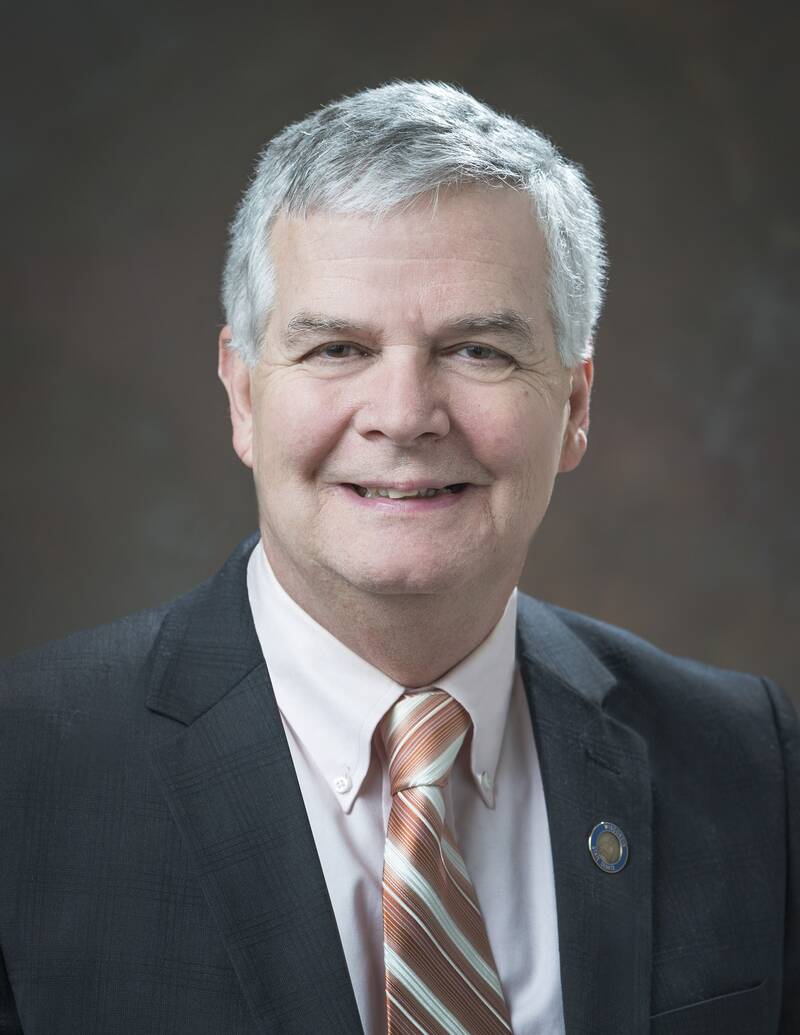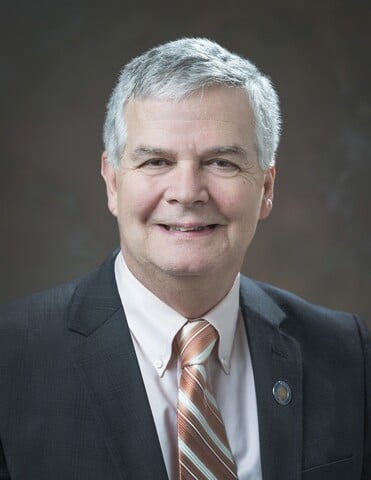We’re facing one of the largest infrastructure challenges in Wisconsin history. The decisions we make today on broadband expansion can either make Wisconsin a leader or allow us to fall behind in the digital age.
Last week, I discussed the challenges of getting better broadband. This week, I will break down how Wisconsin can get broadband out to those areas companies call “not profitable.”
Private internet service providers (ISPs) have to show a profit. They must balance the cost of connecting hard to reach homes and businesses with the amount of customers willing to pay for their service. During a recent broadband summit in Colorado, I learned ISPs need a 50% “take rate” (half of all homes in a village must take their service) for them to consider it profitable enough to provide the service.
New technologies can span long distances such as fixed wireless, low-orbit satellite or TV white-space, but they can be unreliable when the weather is bad or there are obstructions between towers and homes. The most expensive way to provide broadband is by using fiber optics. The average cost is $27,000 per mile, according to the U.S. Department of Transportation. However, fiber optics provide the most reliable service and offers the speeds that are needed to keep up in an era of continual technological obsolescence.
Cheaper, line-of-sight technologies won’t work in the coulees and bluffs of the Driftless area. The high cost of installing fiber optics and the low population density are reasons why western Wisconsin is skipped over by ISPs.
There are cheaper ways to deploy broadband, but we need to get creative. I will be introducing “dig once” legislation to allow local governments to require empty conduit lines be installed in the right of way when work is being done along highways or roads. After the conduit is installed, ISPs can add fiber optics without digging up the right of way again. This allows ISPs to easily install fiber optics in the empty conduit at a significantly lower price. Dig once policies can save ISPs up to 90% of the cost to run fiber optics.
It will take significant public investment to get broadband to our sparsely populated areas. Wisconsin created a state broadband expansion grant program in 2013, but former Governor Walker and Republican leaders failed to fund the program. While Minnesota was investing $85 million from 2014-2017, Wisconsin only spent $3.9 million. The Legislature did better in the 2017-2019 biennial budget by adding $14 million to the program, but failed to make the necessary changes to target rural communities.
Thankfully, Governor Tony Evers set the tone for getting serious about broadband expansion by requesting $75 million for the grant program. The Legislature cut the Governor’s plan by $30 million, but still increased Wisconsin’s efforts to fund broadband expansion grants overall.
We’ve turned a corner for getting serious about our financial commitment for broadband expansion. The next challenge is ensuring public dollars are spent in the most effective way. We must focus our public dollars on projects ISPs have considered not profitable. Instead of using taxpayer-funded grants on projects to make private companies more profitable, we should be using those funds for the hardest to reach areas. That’s the whole point of public investment.
No matter what we do to coax ISPs to rural Wisconsin, the map for expansion still belongs in the pockets of private companies. The only way Wisconsin can lure private companies into rural communities is by allowing municipalities to create publically-owned broadband infrastructure. Broadband, like many other services should be considered a public utility, just like electricity, water or gas if the public ever wants to control the expansion of service.
Ask any private ISP whether municipalities should create their own digital infrastructure and you will be told of all the difficulties. What you won’t hear is how it forces private companies to expand faster.
As we invest more resources, we need to take a good hard look at where the money is going. The public needs more say over how to get critical broadband internet service. We are not quite there, but I’m confident we can get ALL of Wisconsin hooked up for our future.
The 31st Senate District includes all of Buffalo and Pepin counties and portions of Trempealeau, Pierce, Dunn, Eau Claire and Jackson counties and very small portions of Chippewa and St. Croix counties.



Add new comment